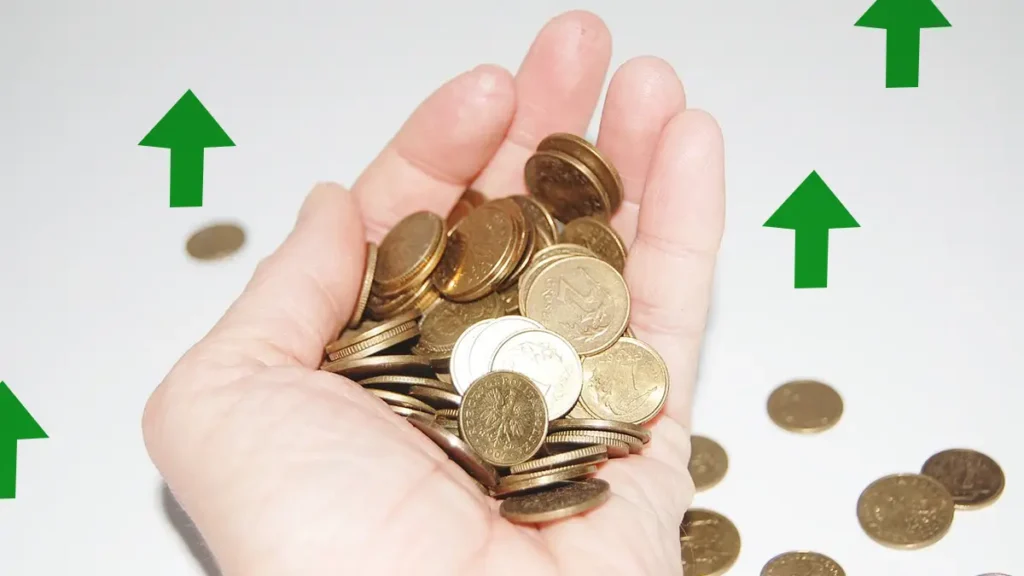The price of money has undergone a significant upward shift.
For over three decades, it had been steadily declining. However, now, it’s on the rise.
But how the price of money is determined? Most people believe central banks play a crucial role. Indeed, regarding the immediate authority over US interest rates, the Federal Reserve wields significant influence. However, a more profound principle governs this domain.
Essentially, the price of money is proportional to the cost of any commodity. It mirrors the equilibrium between supply and demand.
A surplus of savings drives rates lower, while heightened investment demand propels them upwards.
The natural rate of interest and factors behind declining US borrowing costs
For avid economics enthusiasts, the price of money harmonizes saving and investment, all the while maintaining stable inflation. It is also known as the “natural rate of interest.”
For over three decades, interest rates for borrowing in the US exhibited a consistent downward trajectory.
According to calculations, when factoring in inflation, the natural rate of interest for 10-year US government bonds descended from slightly above 5% in 1980 to just under 2% in the past decade.
So, what prompted the decline in interest rates? – One of the pivotal factors contributing to the decrease in the natural rate was a slowdown in economic growth.
During the 1960s and ’70s, an expanding workforce and rapid productivity advancements led to an average annual GDP growth rate of nearly 4%. This robust growth generated a compelling impetus for investment, thereby impacting the price of money.
As the Federal Reserve establishes borrowing costs above the natural rate, an excess of savings and insufficient investment would ensue, potentially leading to an economic slowdown and an increase in unemployment.
Drivers behind the declining price of money in the 2000s
In the 2000s, these driving forces began losing steam. Following the global financial crisis of 2007-08, average annual GDP growth slumped to around 2%, leading to reduced attractiveness for investments in the future and subsequently pushing down the price of money.
Demographic shifts played their part as well. The rise of the baby boom generation started in the 1980s. They increased their savings for retirement, thereby elevating the supply of savings and exerting additional downward pressure on the natural rate.
Several other factors played crucial roles in this context.
On the saving aspect, China’s rapidly growing economy resulted in substantial savings, which were channeled into US government bonds.
Simultaneously, within the US, income inequality increased, causing higher earners to save a larger portion of their income, further augmenting the supply of savings.
Regarding the investment face, the decreasing cost and increasing power of computers meant that companies no longer had to allocate significant funds for technology upgrades.
This led to reduced investment demand and exerted downward pressure on the natural rate.
Impacts and evolving dynamics of prices of money
The downfall in the price of money profoundly impacted the US economy. Lower borrowing costs led to larger mortgages for households, contributing to the subprime mortgage meltdown and the global financial crisis.
Additionally, even as US federal debt nearly tripled, servicing that debt remained affordable, allowing government spending on various sectors.
However, the Federal Reserve had less room to cut rates during recessions, raising concerns about diminished monetary policy effectiveness.
These dynamics are evolving. Some factors that pushed the price of money down are now reversing while new elements are entering the equation.
A glimpse into future interest rates
Demographics are in flux. The departure of the baby boom generation from the workforce is diminishing the supply of savings that previously lowered borrowing costs.
Meanwhile, strained relations between Washington and Beijing, coupled with a shift in China’s economic focus, have halted the flow of Chinese savings into US Treasuries.
US debt surged during the global financial crisis and the COVID-19 pandemic, intensifying competition for savings.
The Inflation Reduction Act sustained government spending. But the mounting debt is pushing the long-term borrowing costs upward.
The projected increase in the natural rate is approximately one percentage point, climbing from 1.7% in the mid-2010s to 2.7% by 2050, as per Bloomberg.
In nominal figures, this translates to 10-year Treasury yields potentially stabilizing between 4.5% to 5%. Additionally, some risks lean towards even higher borrowing costs than Bloomberg’s baseline projection.
Read More: US Unemployment Rate Edges Up Amid Recession Concerns
BlackRock Strategist Calls Market Expectations for Fed Rate Cuts in 2024 ‘Overdone’
